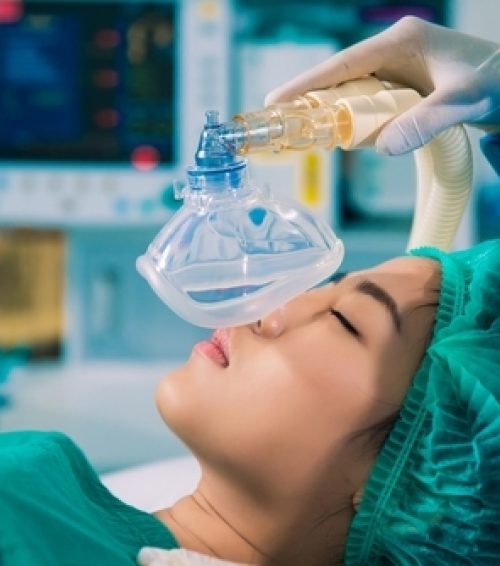
Can you believe CRNAs (Certified Registered Nurse Anesthetists) have been providing anesthesia services in the U.S. for over 150 years? During the American Civil War, nurses provided anesthesia services to wounded soldiers on the battlefield. During WWI, they became the predominant anesthesia provider for those on the front line. It wasn’t until 1956 that credentialing for CRNAs came into existence. Many CRNAs also serve as the primary anesthesia provider in rural areas, and are considered the main anesthesia provider to U.S. military personnel around the globe.
According to the 2019 AANA member survey, CRNAs safely administer more than 49 million anesthetics each year in the U.S. Anesthesia studies have also shown that anesthesia care is nearly 50 times safer now than in the 1980s, and that there is no difference in the quality of anesthesia care provided between a CRNA and a physician-trained counterpart. CRNAs practice with a high degree of autonomy and carry great responsibility; consequently, they are both well-respected and well-compensated.
CRNAs practice in a variety of settings where anesthesia services are needed including, but not limited to, hospital settings, obstetrics, and pain centers, as well as physician offices for dentists, ophthalmologists, podiatrists, and plastic surgeons. Other settings include Public Health Services and Department of Veterans Affairs healthcare facilities.
Having worked in both nursing and anesthesia for many years, I can say that there is no such thing as a “typical” day. However, there are routine skills that you employ while caring for a patient — usually involving care before, during, and after anesthesia.
Before anesthesia, the CRNA evaluates their patient to best determine the proper anesthetic plan, prepares their anesthesia room, checks their anesthesia gas machine, and prepares medications.
During anesthesia, the CRNA monitors heart rate, blood pressure, and respiratory status, which may include oxygenation status, tidal volumes, peak airway pressures, and respiratory rate. Invasive monitoring may be needed as well. Also, CRNAs monitor pain and change in vital signs; they act accordingly to provide the best care for the patient.
After anesthesia care usually involves management of pain, nausea, and vomiting and continued monitoring of vital signs until the anesthetic wears off or the patient is ready to be discharged from anesthesia services.
Throughout the day, you witness patients who might be scared and intimidated. It is your job to gain rapport and trust; remember, you are the CRNA who holds the patient’s life in your hands. One of the best parts of being a CRNA is finding out more about the patient and listening to ease their fears. Recently, a patient told me that she lost her daughter to cancer, then her son-in-law months later, leaving her new responsibilities caring for her grandsons. I had another similar situation where a patient recently lost her son-in-law and she debated canceling her own surgery due to the funeral not even being scheduled. When patients share their lives with you, it is a blessing that helps to put your own life into perspective.
So, what does the future look like for CRNAs? Healthcare service providers are in high demand with the increase in the aging population. CRNAs are in high demand, particularly in under-served and rural areas. It is estimated that by 2026, there will be a 31 percent increase in the need for advanced practice nurses such as CRNAs. It is also reported that there is a 60 percent shortage of CRNAs across the U.S.
In addition, many managed care plans recognize the cost effectiveness of CRNAs in providing high-quality anesthesia care with reduced cost to the patient and insurance companies. Consequently, CRNAs are ultimately helping to control the escalating costs of healthcare. Therefore, CRNAs will continue to play a major role in shaping the future of anesthesia care in the U.S. CRNAs will also use their expertise to advance innovations, such as progressive techniques in regional anesthesia and multimodal opioid-sparing strategies. Lastly, CRNAs roles are expanding to include leadership roles and involvement in the business of healthcare delivery, allowing CRNAs to contribute solutions to the operational issues that challenge our healthcare systems.
With the high demand of CRNAs, their cost effectiveness, increasing development of anesthesia sites, and expanding roles in the profession, it’s a great time to be a CRNA. Happy CRNA Week!

